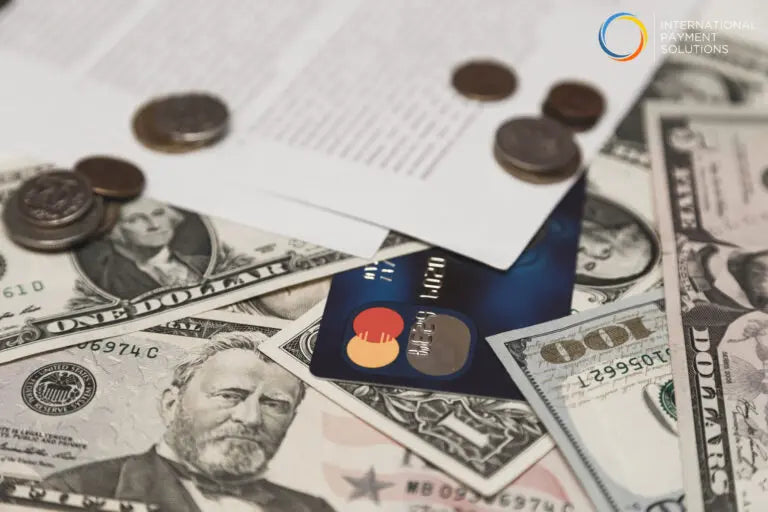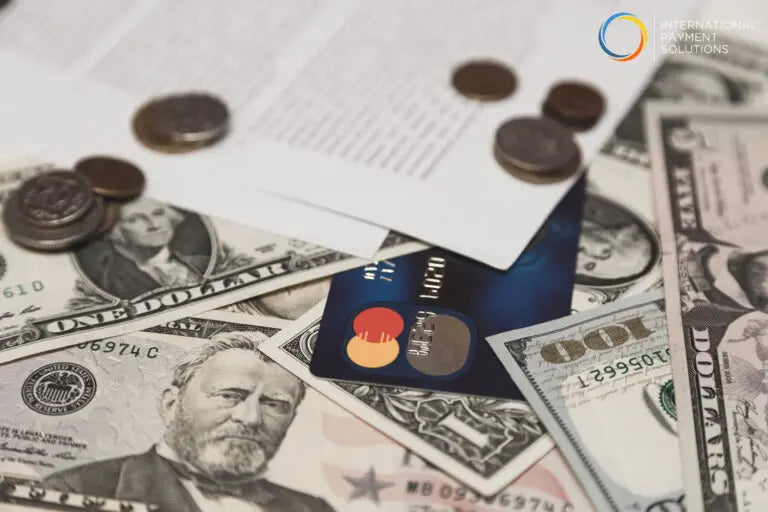Available 24/7 Via Chat

Coronavirus Is Making It More Difficult For The Late Adopters Of Contactless Cards

Contactless Cards are the way forward. We often say technology is advancing and making our life easier than before. It is somehow right and contactless transaction is a perfect example of this.
Considering the present situation where COVID-19 is hampering the growth of sales in a business, it is a contactless transaction or other forms of digital transactions that are helping to maintain a decent balance. But, the scenario is not good everywhere.
The report says that after the arrival of coronavirus, people understood the importance of contactless card usage and awareness. Tens of millions of consumers across Asia, Canada and Europe give more preference to tapping over swiping a card in order to minimize viral exposure.
But, most U.S. cards are not getting the full advantage of the contactless phenomenon because of their slower contactless card rollout strategies. As a result, it has become very difficult for them to make transaction amid COVID-19
Report says that most of the U.S. card issuing companies started rolling out these cards last year by replacing EMV contact-only cards. They were issuing contactless cards to the people whose cards had expired. Before the arrival of COVID-19, these companies were issuing cards to those customers who were opening new accounts.
Another surprising fact is that many small issuers have not yet started contactless migration because they are still burning through older EMV card stock.
What’s The Reason?
The foremost reason for the slow contactless rollout plan was the delayed migration to the EMV card standard by the U.S. government in 2015. It has kept them far behind other global markets.
According to Visa’s latest data, despite the delayed migration, U.S. has 175 million contactless cards in circulation. However, due to the large size of the card market in the U.S. The fact is that most U.S. consumers have multiple payment cards, about 40% of them are contactless-enabled.
Alfred Kelly told investors on 30th April. “A number of issuers that lagged in issuing cards are now showing interest in making the transition”.
Card issuers are not enhancing the pace of rollouts. This is because it will take a huge time for the mass card production. However, COVID-19 has made the situation worse for them. At present, the demand for contactless cards is at its best. Therefore, many issuers are scrambling to keep up the contactless-on-demand requests from consumers.








